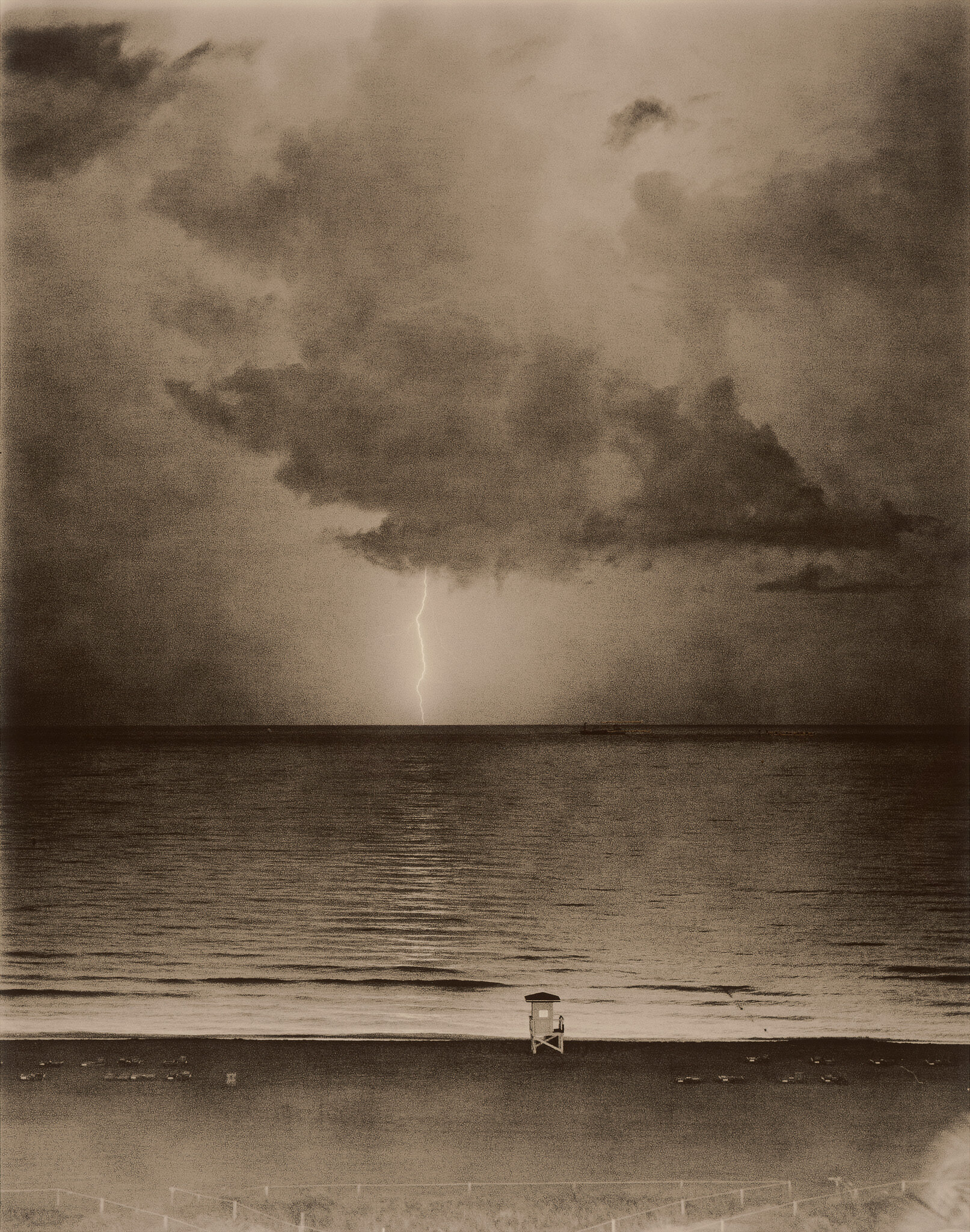
Stuart Douglas
Stuart’s background…
Stuart grew up in Southend, Essex and from an early age was obsessed with photography. Using a Kodak Instamatic and shooting on Super 8 he spliced the film himself to create mini-stories. After a pivotal moment in his life seeing the Clash he realised his calling.
He and his elder brother Andrew became the celebrated and often copied photographic duo, The Douglas Brothers. Their ground-breaking work appeared in The Face, iD and The Times and led to regular high-profile work for publications like American Esquire and the New York Times Magazine.
They both appeared in an ad for GAP, such was their fame at the time.
Stuart has shot hundreds of celebrity portraits of the famous and infamous: Damon Albarn, Cindy Crawford, Liam Neeson, Daniel Day-Lewis, David Bowie, Kenneth Branagh, Tilda Swinton, Martin Amis, John Le Carré and many, many more.
As a director Stuart has made films for Adidas, Coca-Cola, Nike, HSBC, Sony, Waitrose, The BBC, Shell and many other household names. His work with Pepsi, Carlsberg and Guinness has picked up innumerable awards, including Cannes Lions and British Arrows. His car work includes films for Jeep, Ford, Volvo, Jeep and Saab.
Stuart’s highly photographic style and consummate storytelling ability has developed over a long and varied career, always evolving and remaining fresh whilst retaining his distinctive style. Always creating new projects, Stuart has recently shot a documentary about Rolling Stone Ronnie Wood and completed a short film, shot in Ireland in 2018, called Cúl An Ti (The Back of The House), about a family’s attempts to overcome some deep emotional scars.
Described by David Reviews as the “master of visual style”, Stuart seems incapable of producing an unattractive image, seeing reality with a poetically discerning eye.
“My brother bought me my first camera when I was 8 years old. A Kodak Instamatic. I can still remember the sound of the film wind on to this day. My first roll of film featured the tray and lid from the egg poacher pan, thrown in the air in the back garden and snapped in the hope that it looked like a UFO of some kind. The combination of my lack of skill, and the fact I was the thrower and the photographer meant that the images were really blurred with movement. I didn't get this at the time, but they actually worked BECAUSE they were blurred. They became abstract and interpretive. As an 8 year old, I thought they were just crap, but later I realized that something very fundamental started with that first roll of film - I learned that a picture was not just an accurate facsimile of what was in front of the camera, but a whole story in itself, inviting the viewer to participate and interpret. I learned that a good photo made you feel something.
I've been blurring the rules ever since in an effort to make images that, hopefully, resonate with the viewer on an emotional level..”
Kenneth Branagh as Hamlet at the RSC
View from hotel rooftop - South Beach - Miami
Stuart’s inspiration…
“Photographs can be so many different things, but I like those where there is a story within the picture, either intentional, or entirely fabricated by me, as a viewer. Cartier Bresson was a master of anticipating when the components of a great image would come together. The result is a momentary 'snapshot', but he would often wait hours for the right elements to come along. I love street photography, whether constructed or by happenstance. These days, with the iPhone the most popular camera on the world, everyone is a photographer, but everyone could also learn by looking at photographers of real life like the American photographers Bruce Davidson and Garry Winogrand.
I also can't help but be drawn to the real life stories behind the work of someone like British photographer, Don McCullin. His recent retrospective at the Tate gallery in London was one of the most powerful, emotional, and technically brilliant exhibits I've ever experienced. Commercially, I've always been a fan of the fashion photographer, Paolo Roversi. Again, his pictures, often just blurs, were full of hidden interpretation and mood, inviting the viewer to engage.”
Stuart’s tips for your photography…
“Advice? First off, actually look at the frame. Look all around the frame, not just at the element that is the main reason you're shooting that frame. In the days of film, when people couldn't check their image immediately, friends and I would often quietly stand in other people's snaps. More often than not, the snapper would not even see us - they only looked at the person or object central to their picture. But a photograph is a whole frame, not just part of a frame, so LOOK at the whole frame, and move the frame to get a better composition if you see an opportunity. Next, there are no rules that can't be bent. It's good to have an idea of them, but they are not the whole story. Interpretation is everything.
Find a 'voice'. Find images that speak to you, that you respond to, and pursue that voice. Keep trying. Keep pushing to see what it is that moves you.
Lastly, be brave. Sometimes the photograph less seen takes a bit of effort - an early start before dawn, getting wet, moving to a better position, asking a subject's permission. Put the effort in, and the pictures will reward you.”

